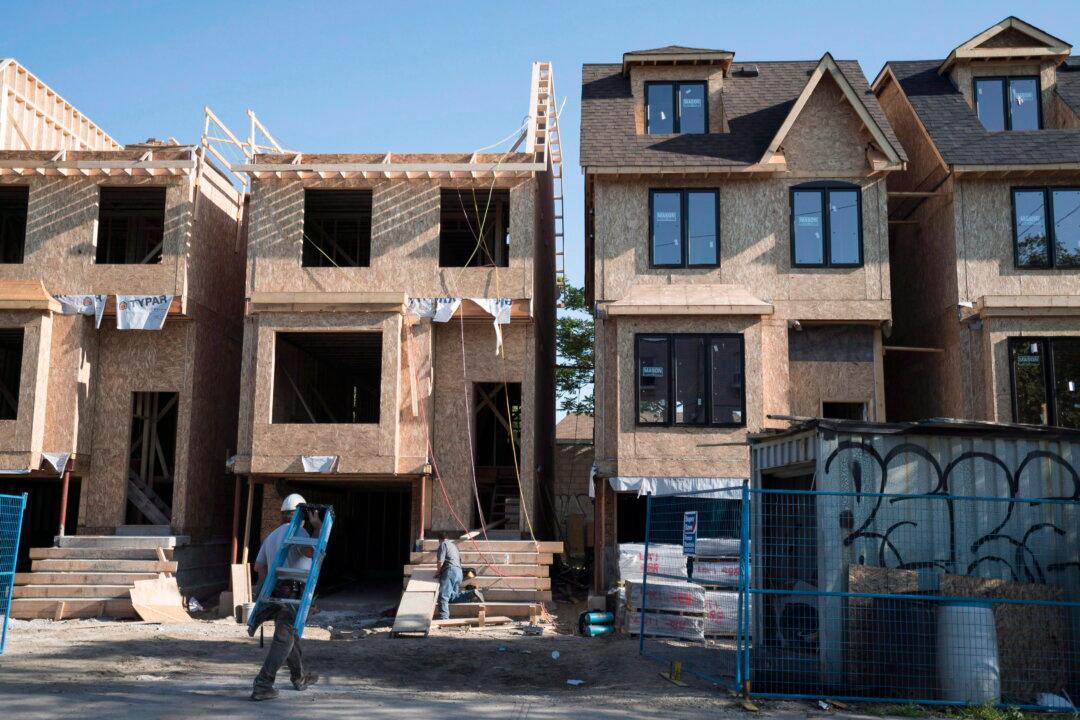The Canada Mortgage and Housing Corporation (CMHC) projects the country will need 3.5 million new homes built within seven years to make homeownership affordable, but it also forecasts supply gaps.
Last year’s CMHC report determined the country would have a supply gap of 3,520,000, which has fallen to 3,450,000 this year., according to the updated report released Sept. 13. Ontario had a projected supply gap of 1,850,000 units last year, which has dropped to 1,480,000 this year.




